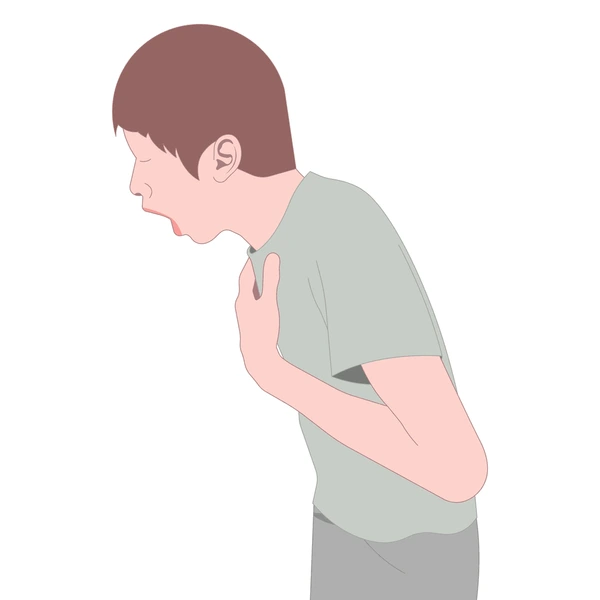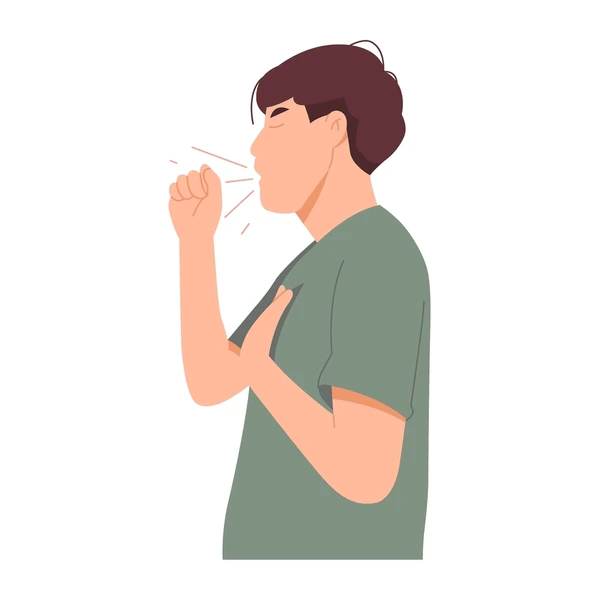GERD
Gastro-oesophagal reflux Disease (GERD) is a commonly known condition in which stomach acid comes back to the oesophagus and manifests with symptoms including heartburn, regurgitation, and discomfort in the chest area. In most instances, it is usually treated through drug therapy and lifestyle modification; however, a small percentage who have refractory GERD (those with persistent symptoms in spite of treatment) may need surgery or mechanical devices to restore normal functioning and reduce the symptoms.
Get Insights
Common Symptoms
The most common symptoms associated with GERD are

Heartburn and acid regurgitation.
Heartburn means having a burning feeling in the chest or throat after eating, usually foods with spices or fats. Even at times, you may taste sour or bitter liquid rising from the stomach up into the mouth – acid reflux.

Difficulty swallowing or feeling of food stuck in the chest.
If food feels stuck in your throat or chest when you are eating, or if it feels uncomfortable to swallow, it could be a sign of a condition such as acid reflux, which tightens or inflames the food pipe.

Chronic cough or hoarseness.
A persistent cough or a hoarse voice that refuses to disappear may be due to stomach acid irritating your throat. This may occur when stomach acid frequently flows back up into your food pipe.

Sleep disturbances due to nighttime reflux.
When you recline, particularly after meals, stomach acid may migrate up into the esophagus, producing pain or even coughing. This may disrupt your sleep, making you feel uncomfortable or waking you up in the middle of the night with a sore throat.
Surgical Treatments for GERD
Fundoplication +/- Crural Repair Fundoplication
This is the gold standard surgery for GERD. The fundus of the stomach is used for wrapping around the lower part of the oesophagus, which reinforces the Lower Esophageal Sphincter (LES), preventing acid reflux.
Crural Repair: As it is normal for a hiatal hernia to be present in GERD patients, the crura of the diaphragm muscle bands are repaired to its normal anatomy.
Meshplasty & Esophageal Lengthening
In rare and complex cases, additional techniques may be required:
Meshplasty: Use of a mesh in addition to crura, diaphragm, or other anchors for reinforcement in cases of large hiatal hernia
Esophageal Lengthening: Surgical lengthening of the oesophagus assures patients with a shortened oesophagus that the anti-reflux barrier will be appropriately designed to function well.
Minimally Invasive Surgical Techniques
Robotic Surgery
Utilizes robotic arms controlled by the surgeon for enhanced precision and flexibility.
Ideal for complex cases requiring fine movements or detailed anatomical repair.
Reduces the risk of complications and improves outcomes.
Laparoscopic Surgery
Performed through small incisions using a high-definition camera and specialized instruments.
Offers faster recovery, minimal scarring, and lower postoperative pain compared to traditional open surgery.

Quick Links
Contact Details
📍 Address: Zydus Hospitals, 2nd Floor, B-12, Sarkhej – Gandhinagar Highway, Thaltej, Ahmedabad, Gujarat, India – 380054
📍412, B, wing Opp Indian Oil Petrol Pump, AWS 3, Drive In Rd, Sushil Nagar Society, Memnagar, Ahmedabad, Gujarat 380054
📞 Phone: +91 96999 95557
📧 Email: drvishalsoni@gmail.com
